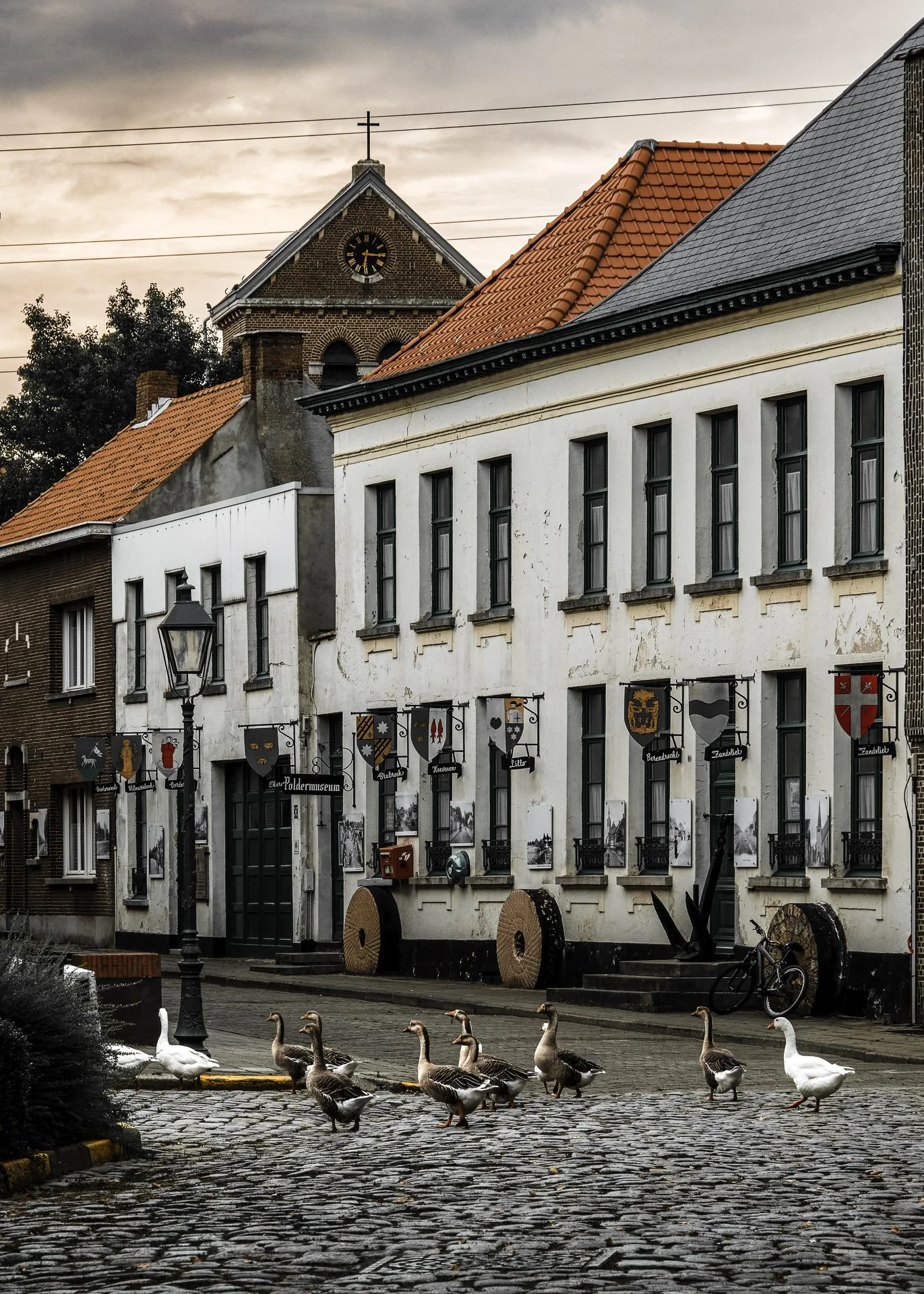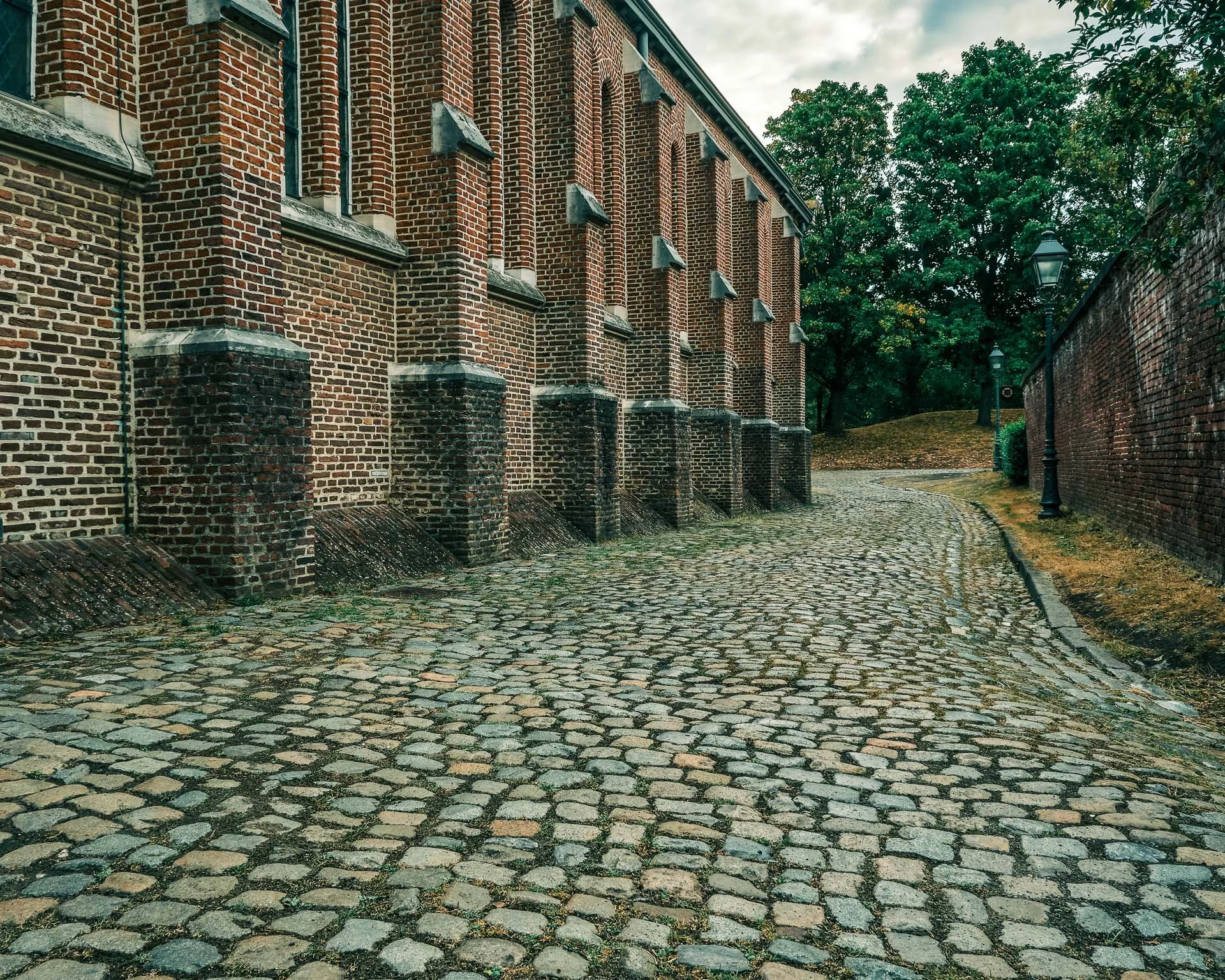Lillo: The Village That Endures Between Industry and History
Lillo, originally founded in the 16th century, was once a strategic link in the defense of Antwerp. The Fort of Lillo played a crucial role during the Eighty Years' War, providing protection against enemy invasions. Although the original fort has mostly disappeared, the structure of the village still reflects its military origins. Narrow streets, historic buildings, and the peaceful village square exude an atmosphere of the past.
Despite its charm and historical value, Lillo has been a topic of debate for years. The ongoing expansion of the port and infrastructure threatens the village's existence. Yet Lillo remains steadfast. Thanks to the efforts of residents, heritage organizations, and supporters, this small village endures in the shadow of industrial giants.
What makes Lillo so special is the tranquility you find there. While the cranes and ships of the port work in the background, time in Lillo seems to stand still. Visitors are welcomed by cozy cafes, a picturesque church, and stunning views of the Scheldt. It is a place where you can escape the hustle and simply enjoy the simplicity of life.
The bond between Lillo and the water is undeniable. Not only because of the Scheldt but also due to the presence of the Maritime Museum. Here, you can learn all about the history of shipping and Lillo's role in the development of the Port of Antwerp. It is a must-visit for enthusiasts of maritime history.
Between the old cobblestones and stately facades of Lillo, a group of geese stride imperturbably across the village square, as if time has stood still here for years. In the background stands the charming Polder Museum, a tribute to the rich history of this small but proud Antwerp fortified municipality. The coats of arms on the façade are a reminder of the many villages and polders that helped shape the identity of this region.
Lillo, once a strategic stronghold on the Scheldt, today exudes tranquillity and nostalgia. The weathered facades, the church bell that sets the pace of the day, and the geese that seem to stroll around as if they were residents give the village an almost fairy-tale atmosphere. This image captures not only the heritage but also the soul of Lillo: a place where the past remains tangible and every stone whispers a story.
Visitors to Lillo enter a living setting — a village that cherishes its history but at the same time welcomes its visitors with open arms.







